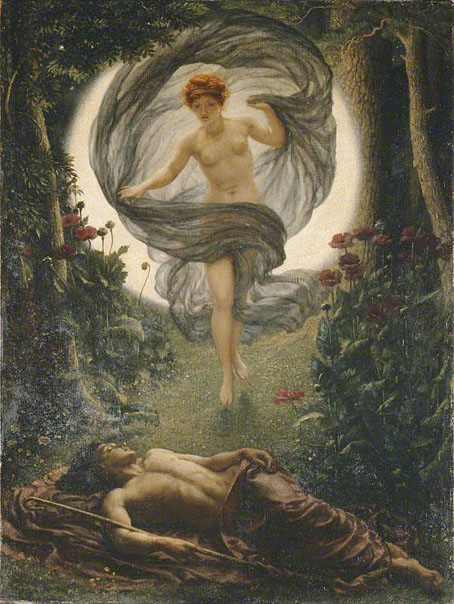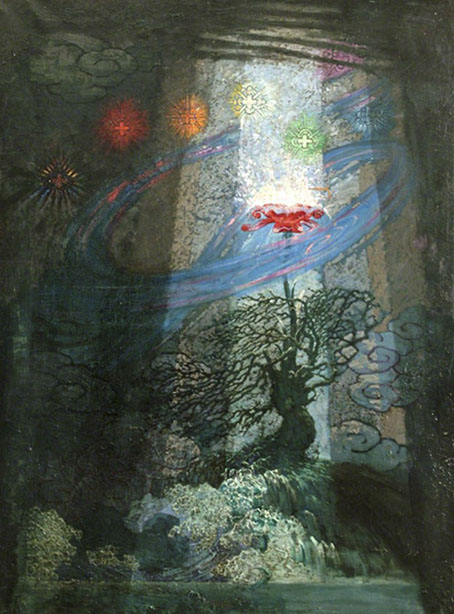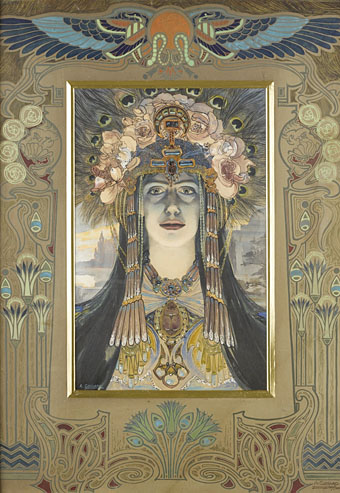
Fantazius Mallare (1922).
One of the links this past weekend was to a lengthy essay about Ben Hecht’s censor-baiting novel, Fantazius Mallare: A Mysterious Oath (1922), a book illustrated by Hecht’s friend, Wallace Smith. I wrote a piece of my own about the novel in 2007, at a time when information about Hecht’s early fiction was much harder to find. Also hard to find was any other work by Wallace Smith, an artist of considerable accomplishment whose fine black-and-white illustration I hadn’t seen elsewhere. We now know that Smith devoted most of his energies to writing, working initially as a journalist. He later followed Hecht to Hollywood where he spent his remaining years writing novels and screenplays.

Illustration by “Vulgus” from the Chicago Literary Times.
There were a few other illustrations, however, including more ink drawings in the same flat style he used for Fantazius Mallare. Given the state of the US economy in the 1930s one can hardly blame Smith for going after the money but his painted work proves that he could easily have made a living as a book and magazine illustrator. What you see here is some of his other black-and-white art. There are no doubt more examples to be found in the back issues of the Hecht-edited Chicago Literary Times where Smith was a contributor of small illustrations under the name “Vulgus”. Also worthy of note is Smith’s facility with lettering design, something he shared with J. Allen St John who created many stylish title designs for his Edgar Rice Burroughs’ books.
The Florentine Dagger: A Novel for Amateur Detectives (1923) by Ben Hecht.







